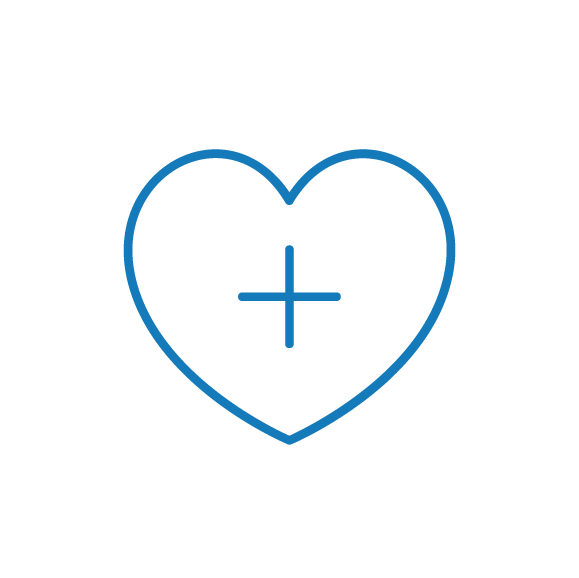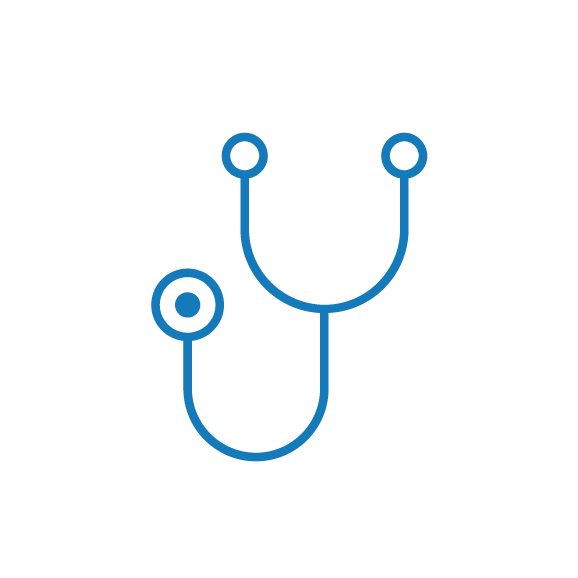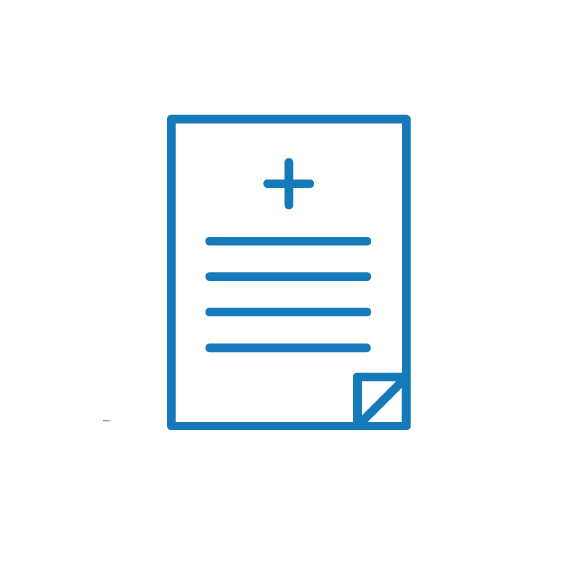How One VHAN Member Scheduled Record Number of Breast Cancer Screenings in 2022
Since 1990, mammogram screenings have helped reduce breast cancer mortality in the United States by nearly 40%. One study shows that these screenings can reduce the risk of dying from breast cancer by almost 50%. Despite the proven benefits of early detection, many women continue to resist getting a mammogram. Hesitancy to visit a health care facility during the COVID pandemic has certainly been a factor in recent years. Some women are deterred by the fear of pain or discomfort, while others consider themselves to be fit and healthy and don’t think they are at high risk of developing breast cancer. Other commonly cited reasons include not knowing who to call, a lack of transportation, time constraints, a knowledge deficit or the mistaken impression that a mammogram is unnecessary.
One in every eight women will be diagnosed with breast cancer in her lifetime. That’s a sobering statistic, and it’s one that compels members of Vanderbilt Population Health’s Quality Impact Specialists (QIS) Team to motivate patients to get their annual breast cancer screenings. By pairing new technology strategies with more efficient communications, last year the team achieved dramatic results in the number of patients scheduled for these screenings.
“With every outreach attempt, we’re trying to improve by 5% or 10%, but with bulk outreach through the My Health at Vanderbilt (MHAV) patient portal we hit 15.6%, which is about 940 patients,” says Lisa Smith, MSN, RN, CCCTM, Manager of Clinical Programs for the team. “It’s very rewarding, and it makes us proud to know we’re making a difference.”
Breast Cancer Screening Best Practices
While Vanderbilt has a QIS team and patient portal in place to help with screening reminders, all types of practices and health systems can take steps to increase the breast cancer screening rate. Below are a few best practices your staff draw from to increase screening appointments and meet this important quality benchmark.
- Use bulk messaging if possible. If your practice has a patient portal or communications list, send a generic screening reminder to every patient who hasn’t scheduled their screening this year. Last year, the QIS Team sent 6,026 breast cancer screening reminders through MHAV. The outreach achieved a record 15.6% success rate, measured by the number of women who scheduled or completed a mammogram after receiving the message.
- Try multiple outreach methods. Don’t have a patient portal to rely on? That’s okay. The QIS team found that different types of messaging were still effective, including phone outreach and reminder letters. “We want our patients to come in and get these screenings, so we do multiple forms of outreach,” Smith says. “After sending the message in MHAV, we give patients two to three months, and if they don’t respond, different teams at Vanderbilt reach out again, sometimes by phone. Patients who don’t use the patient portal receive a reminder letter.”
- Use accurate patient data. Increasing the efficiency and accuracy of patient outreach is an ongoing effort for the QIS team. While the team traditionally has counted on data from payors to pinpoint patients who are not being screened or who may have missed mammogram appointments, they can now refine their outreach by cross-referencing that data with benchmark reporting built within the patient’s EMR with the help of the VUMC Clinical Effectiveness and Health IT teams.
“We have been able to compare documentation of completed screenings in EMRs, which is much more up to date, with claims data, which is delayed,” says Pamela Bruce, DNP, MSN, RN, CPPS, VHAN Senior Director, Quality and Clinical Transformation. “This helps our outreach to be more accurate. Although MHAV messages are distributed with the aid of technology, there’s a way for patients to connect with people if they need to call back. We try to be as thorough, personal and comprehensive as we can be during every patient touch that occurs.”
Ultimately, every outreach attempt has an impact on your practice’s overall breast cancer screening rate. Every action your team takes—no matter how small—can help increase the number of patients to schedule their screening. To get more tools and tips for increasing cancer screenings, visit VHANHub.com and download the Cancer Screening Quick Reference Guide. If your practice needs assistance with cancer screening reminders, please reach out to your Network Contact to get information about how VHAN can help.




